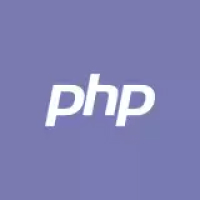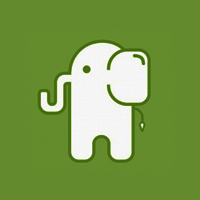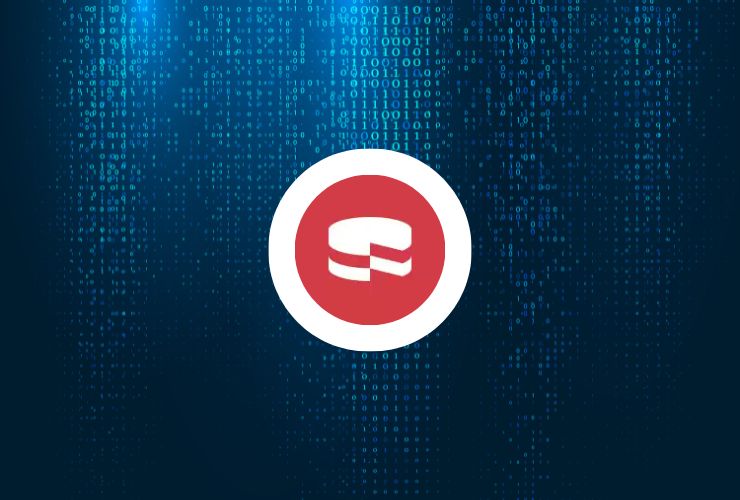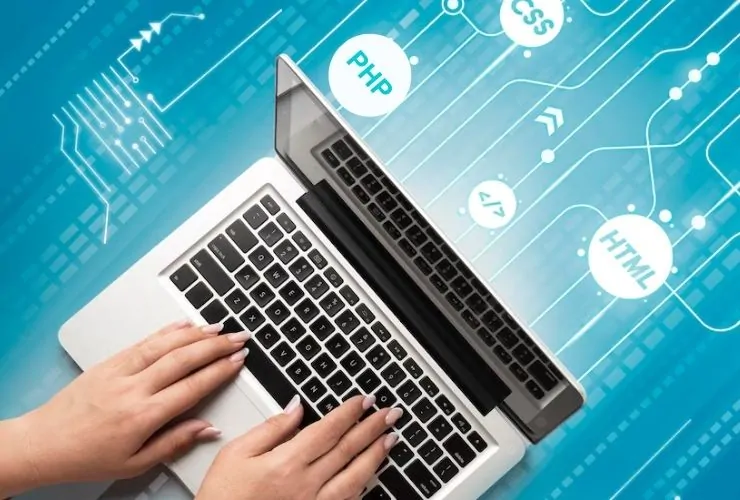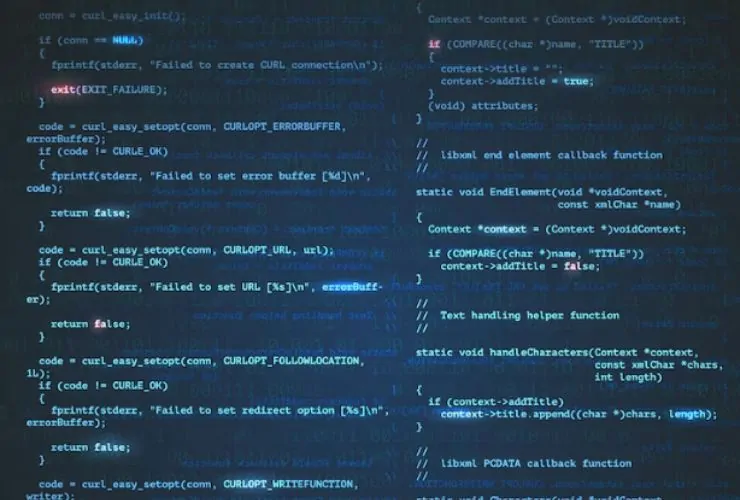PHP has been the norm in web development for over two decades. PHP drove the majority of websites, such as WordPress, Facebook, and Wikipedia, since their inception. With the web evolving further, PHP continued to evolve too, developing into a solid and multi-faceted language that is now capable of driving dynamic web applications.
From enhancing performance to integrating modern technologies, the future of PHP promises exciting developments that will provide more robust features, improved scalability, and enhanced security. In this blog, we’ll dive deep into the key trends and features that will define the future of PHP and help developers stay ahead of the curve.
1. PHP 8 and Beyond: What’s New and What’s Coming
PHP 8 brought in a chain of groundbreaking features like named arguments, attributes, and union types to drive the language to new levels of power, simplicity, and performance ever before. PHP’s evolution, however, does not extend as far as PHP 8. Future years will usher in even greater features and innovations.
What to Expect
- PHP 9 and Beyond: PHP 9 will follow the trend of performance optimization. As PHP 8 has already introduced Just-In-Time (JIT) compilation, there should be even more optimizations cutting down the processing time to make PHP even quicker for small and big applications. Expect some enhancements in error handling and type safety so PHP is an even safer and more predictable language to code with.
- Better Performance: Seek additional performance improvement, most notably with JIT compilation, which optimizes CPU usage through compilation of code to machine code during runtime.
- Type Safety Improvement: PHP’s PHP 8 union types are just the tip of the iceberg. PHP in the future will look to enhance type declarations and enforce stronger type safety throughout the language, which will lead to elimination of typical runtime errors and bugs, and improved code readability as a whole.
Tip: To stay ahead, keep an eye on upcoming PHP release notes and changelogs to learn about new features and make sure your code will work with upcoming versions of PHP.
2. PHP and the Age of Microservices
Microservices architecture is quickly gaining attention as a scalable and modular method of application building. PHP traditionally has been for monolithic apps, but because developers are converging on microservices, PHP is an intriguing choice for projects based on microservices.
Look forward to
- More Utilization of APIs: PHP is going to be utilized more in doing API-first development, hence making developers compose thin, modulary services which communicate with each other through APIs. This tendency will make big applications divided into little pieces easily.
- Microservices Framework Support: Laravel and Symfony frameworks are also catching on on this trend, with greater support for development and maintenance of microservices. Tools, libraries, and packages for API-driven microservices architecture will be expected to rise in greater numbers.
- Containerization with Docker: PHP containerization will be easier to deploy and scale than ever before with the advent of containerization in PHP. Integration of Docker and Kubernetes will allow developers to containerize PHP applications, making deployment and scaling microservices easy.
Tip: Use an API-first approach and experiment with new frameworks like Laravel and Symfony to develop and deploy PHP-based microservices. Learn how to containerize and scale your application using Docker and Kubernetes.
3. Serverless PHP: The Next Frontier
Serverless architecture is transforming application development and deployment. Development allows developers to write only, with the infrastructure taken care of by the cloud provider, which is becoming a popular option among PHP developers.
What to Expect:
- Serverless Platform Integration: Serverless platforms such as AWS Lambda, Google Cloud Functions, and Azure Functions are supporting PHP more and more so that PHP applications can be run on serverless environments with relative ease. Serverless PHP will allow developers to scale their applications automatically and pay only for the compute resources consumed.
- Cost-Effectiveness: Serverless PHP will allow developers to save operational costs by a significant amount. With being charged for the compute power only when their code runs, PHP developers will enjoy greater resource and cost management, particularly for fluctuating workloads.
- Event-Driven Architecture: Look for PHP to get more usage in event-driven systems, where code execution is based on particular events such as HTTP requests, file uploads, or database updates.
Tip: Experiment with serverless PHP frameworks such as Bref to develop serverless PHP apps. With serverless technologies, you can have easy deployment, scalability, and infrastructure cost saving.
4. Integration of PHP with Artificial Intelligence (AI)
Artificial Intelligence is arguably the most groundbreaking technology affecting web development nowadays. PHP will be instrumental in incorporating AI and machine learning (ML) functionalities into web apps, enabling developers to create intelligent, data-oriented systems with relative ease.
What to Expect
- PHP AI Libraries: More stable libraries will become available, enabling PHP developers to incorporate AI and ML capabilities, including natural language processing (NLP), image recognition, and predictive analytics, into their applications. Libraries such as PHP-ML will enable developers to add machine learning functionality into their PHP applications themselves.
- Integration with Familiar AI Tools: PHP will also support a native integration with well-known AI tools such as TensorFlow, OpenAI, and Google AI so that developers can take advantage of the best-in-class AI tools in their PHP applications. This will also simplify it to create AI-driven chatbots and recommendation systems.
- AI-Based Personalization: Prepare for more effective AI-based personalization on PHP websites and applications. These include dynamic content suggestion, targeted marketing campaigns, and intelligent customer care systems.
Tip: Begin learning libraries such as PHP-ML to implement machine learning in your PHP apps. Monitor platforms such as TensorFlow and OpenAI for innovations in forthcoming trends.
5. PHP and Full-Stack Development: Enhanced JavaScript Interoperability
Full-stack development remains at the forefront of web development. PHP is being increasingly supported by the emerging JavaScript frameworks such as React, Vue.js, and Angular in an effort to extend seamless user experiences both front-end and back-end.
What to Expect
- API-First Strategy: With more developers employing JavaScript frameworks on the front-end side, PHP will have an API-first approach. PHP will act as a robust back-end system offering data in the form of RESTful APIs or GraphQL, enabling dynamic and interactive web applications.
- Better Front-End Support: PHP frameworks will be more capable of supporting contemporary JavaScript libraries, offering better tools and features for integration with front-end technologies.
Tip: Use PHP with frameworks such as Symfony or Laravel in combination with newer front-end frameworks such as Vue.js or React to develop full-stack applications.
6. PHP and DevOps: Better Automation and Deployment
DevOps practices are the new norm of the modern age of software development, and PHP is no different. PHP will play an increasingly important role in automation, continuous integration, and continuous deployment (CI/CD) pipelines.
What to Expect
- CI/CD Adoption: Continuous delivery and integration pipelines will be a norm for PHP projects. GitHub Actions, GitLab CI, and Jenkins will be employed extensively to automate deployment and testing processes, and this will enhance speed and efficiency.
- PHP with Docker and Kubernetes: Docker and Kubernetes usage for PHP app management will grow, allowing developers to automate deployment and maintain consistency in environments.
Tip: Begin implementing CI/CD pipelines within your PHP applications and utilize Docker and Kubernetes for simple application deployment and scaling.
Conclusion
The future of PHP is very bright, with great things in store. From performance enhancement with JIT compilation to further integration with new technologies such as microservices, serverless computing, and AI, PHP is transforming to suit the needs of developers today. With keeping pace with the new features and trends, you can continue to utilize PHP’s full potential to develop fast, scalable, and secure web applications in 2025 (Future of PHP) and beyond.


